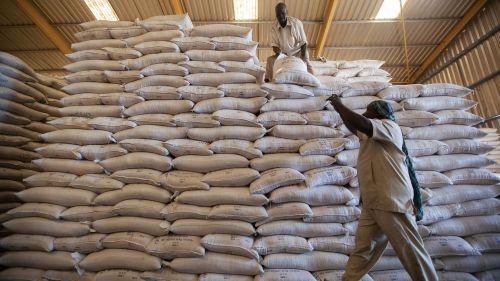Innovating in a Crisis: How the World Food Programme is Adapting to COVID-19 and Why You Should Care

With global and local markets disrupted by COVID-19, it is vital that the World Food Programme maintain its food assistance programmes, which offer a lifeline to 87 million vulnerable people around the world.
World Food Programme
Editor's Note: Agri-Pulse and the Chicago Council on Global Affairs are teaming up to host a monthly column to explore how the US agriculture and food sector can maintain its competitive edge and advance food security in an increasingly integrated and dynamic world.
We face an unprecedented crisis as a global humanitarian community. The scale of COVID-19’s impact on world markets and subsequent mass restrictions on the movement of goods and people has not been seen since the second World War, well before the World Food Programme (WFP) was established in 1961, at the behest of then U.S. President Eisenhower. And even in the recent years before this latest crisis, conflict, climate change and natural disasters had already pushed more internally displaced people and refugee communities to the edge, having to rely on humanitarian aid from WFP and others. It is vital at this critical moment that WFP maintain its food assistance programmes, which offer a lifeline to 87 million vulnerable people in more than 80 countries around the world. WFP’s top priority is to ensure it has the resources in place to meet the food and nutrition needs of the people that so depend on it.
At that time of WFP's establishment, the United States was producing a surplus of grain. The idea behind creating WFP was to responsibly share that abundance of food with vulnerable countries and communities around the world. Since then, we have innovated and evolved and moved towards food vouchers and direct cash-based assistance, supporting local markets where they already exist and providing hungry families with freedom of choice - in many contexts the most efficient and effective solution. But with global and local markets now disrupted, WFP has had to re-evaluate how we can best deliver assistance where it’s needed most.
As WFP’s Acting Supply Chain Director, John Crisci recently told Axios, "There is enough food, but food and other essential commodities must keep moving. We cannot let this health crisis turn into a food crisis."
This is the crux of the problem we face.